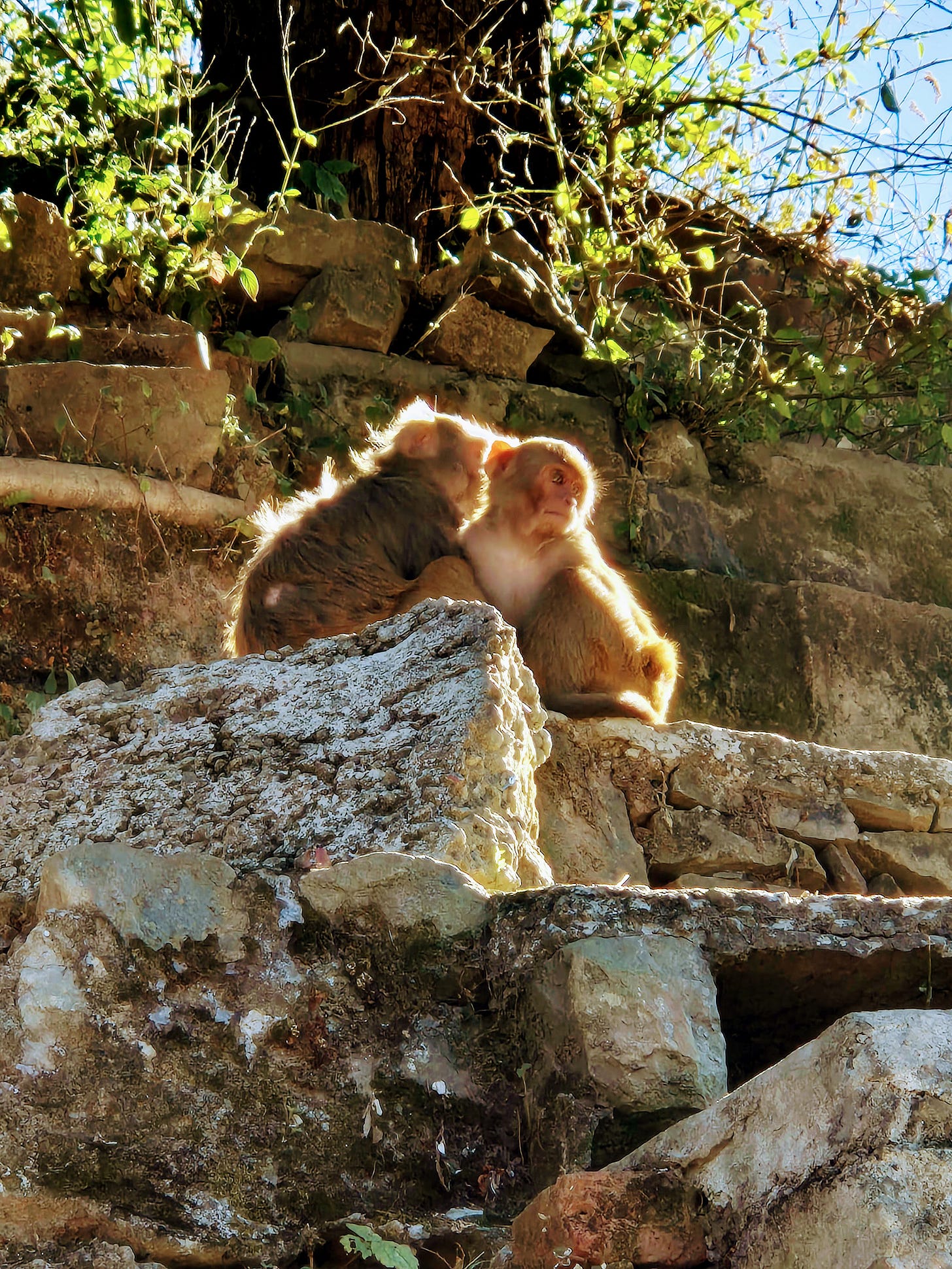Pure Witnessing: Avoiding Involvement with Our Strongest Reactions
Attraction and aversion for things is natural. The obstacle is getting caught up.
Even for a wise man, the energy within the body-mind organism produces certain actions according to his own natural characteristics. All living creatures follow their natural tendencies. What is the use of restraint?
The attraction and aversion of the senses for their respective objects are natural. Involvement with them should be avoided—that is the obstruction and obstacle.
The Bhagavad Gita, Chapter 3, Shloka 33 and 34 (as translated by Ramesh Balsekar)
Spiritual awakening cracks open our heart. Slowly (or suddenly), we begin to see how caught up we have been in the mind’s many perceptions, beliefs, judgments, and imagination about how the world should be. We see that reality no longer appears so solid as it once did, and yet everyone around us still goes on, seeming to be so certain of their conditioned notions about the world. But we are no longer caught up. Where does this leave us? Does this lead to aversion for the worldly things?
At first, perhaps. Why? Because we may see, for the first time, how we have created our own system of desires that have been chasing this and that, and how the imagination created our own internal prison of attractions and aversions. The tendency is for us to push against acceptance of what life has presented us with. Attraction and aversion happen to every living creature, but we do not have to get involved in them anymore. The simple awareness, or pure witnessing, automatically avoids the obstacle of getting caught up.
Instead, the heart cracks open, and compassion floods in. A gentleness overtakes our actions, including the thoughts we have about ourselves and others. We see clearly and sharply what is real (love/being), and what is not (fear/separation).
Before awakening, attraction to sense objects motivates our choices and actions. We allow the senses to move towards this thing or that thing, depending on how alluring the sense-perception registers the respective object (or person, place, or idea).
Now, we embrace our aversions in the light of awareness. Similarly, we allow our attractions to just be, without needing to act on them. They come, and they go. Like watching the clouds in the sky, attractions and aversions are just floating by without meaning anything concrete, and without necessitating any reaction. They are just there, naturally. We embrace the natural phenomena as-they-are.
Wisdom teachings such as The Bhagavad Gita point to this idea that we, as human beings, each have our own natural characteristics and tendencies. Our natural desires are not to be frowned at with shame, but simply noticed with the steady gaze of spiritual wisdom. In The Bhagavad Gita, Chapter 3, Shloka 34, it is said that the attractions and aversions themselves are only natural. They are not the problem. The obstacle is internal: the obstruction is rather our own involvement, or reaction, to our desires or aversions, which are like two sides of one coin. Wisdom points to the middle way of simply bearing witness without reacting strongly. The desires will pass on their own, according to divine timing. No action needs to happen on the part of the individual, according to the wisdom teachings.
Similarly, Christ is said to have instructed his followers in the same wisdom: “Seek first the Kingdom of God, then all the things will be added to you.” The Kingdom is our own innate Consciousness, and the pointer is to simply remember to remain centered in this presence without chasing worldly desires to fill the void.
To operate from this inner stillness, or presence, is also what Advaita master Ramana Maharshi beautifully called Self-realization. All of these paths point to the wisdom of pure witnessing without involvement as the way to freedom from self-created imprisonment of the mind towards desires.
Allowing our natural tendencies to be is possible, and it does not require reacting. This is something we all have inside of us: the intelligent function of surrendering to what-is without reacting. Surrendering doesn’t require renunciation in order to push down our attractions and aversions by force. In fact, we may notice a seeming increase in desires and self-doubts if we try to force ourselves to be “saintly.” Awareness is enough to dissolve the behaviors that react to life’s created desires.
This does not mean we stop planning, or stop trying to live in the world. We can plan, we can create, we can share, and we will try our level best in each new situation as life presents it. Why? Because we have seen that avoiding the world is of no use on the spiritual journey.
Avoiding the world is like finding a precious jewel but never polishing it. Each of us is a jewel of Consciousness, and the polishing happens through daily living in the world. Try it and see for yourself, if you have doubts. After my own structures collapsed, I reacted with aversion to all I knew. I tried the path of asceticism by living in remote places and avoiding the world completely, and what use was it? I found it did not work. The journey requires relating with others, and being in the world, in order to polish the jewel of our own Consciousness.
Before awakening happens, we are quite ordinary. We get involved and drawn into our attractions, and we push away our aversions in disgust. This is all natural and not to be made into a source of self-condemnation (or other-condemnation). Wisdom is merely witnessing the events happening all around us, and our own tendencies to react, without any personal involvement. Stillness and presence are enough for the wise to sail through.
With Love,
Jackie
If you are interested in Jackie’s YouTube channel that further explores The Bhagavad Gita, you can find that here.





Remembers me of what I think is the essence of what Krishnamurti said: don’t react, just see what is happening